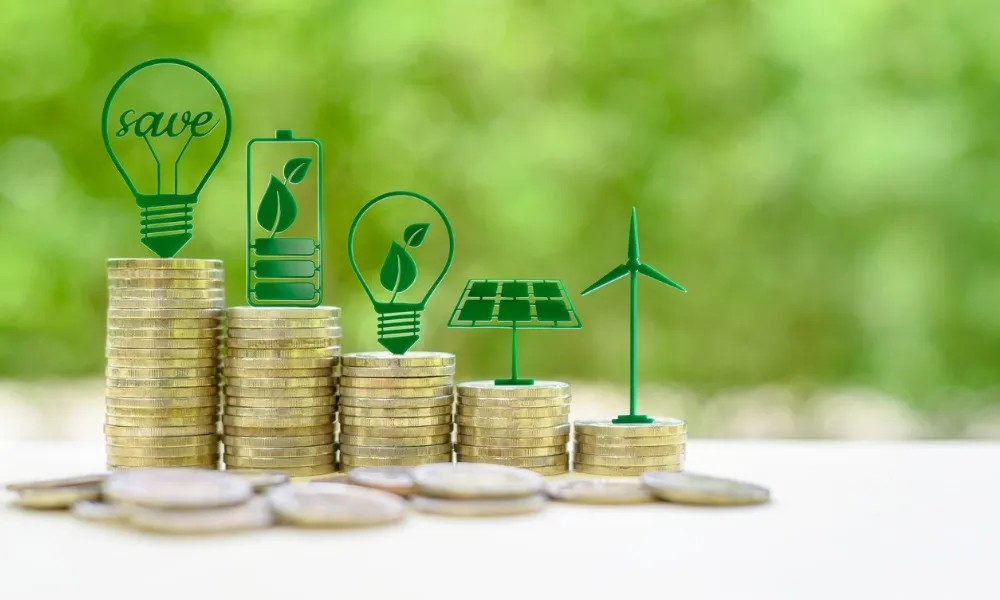Green Finance and Environmental Bonds in China
China’s commitment to sustainable development has catalyzed the growth of green finance and environmental bonds, reflecting a strategic intersection of policy, technology, and investment. These financial instruments are designed to fund environmentally responsible projects, including renewable energy, pollution control, smart city infrastructure, and sustainable manufacturing. By mobilizing capital toward initiatives that reduce environmental impact, China is fostering a financial ecosystem that supports economic growth while addressing climate and ecological challenges.
Policy Foundations for Green Finance
Government policy plays a central role in shaping China’s green finance sector. The People’s Bank of China, in collaboration with regulatory bodies, has established guidelines for green bonds issuance, investment classification, and reporting standards. Policies encourage financial institutions to integrate environmental considerations into lending and investment decisions, aligning economic incentives with sustainability goals. National targets, such as carbon neutrality by 2060, provide a strategic backdrop for deploying green finance as a mechanism to drive environmental transformation.

Environmental Bonds and Market Development
Environmental bonds, a key tool in green finance, enable issuers to raise capital for projects with clear ecological benefits. These bonds are subject to rigorous evaluation, including impact assessment, transparency requirements, and third-party verification. In China, green bonds fund projects such as renewable energy plants, electric mobility infrastructure, waste treatment facilities, and energy-efficient construction. The market has expanded rapidly, attracting domestic and international investors seeking to align financial returns with sustainability objectives.
Integration with Smart City Initiatives
Green finance supports smart city development by funding projects that optimize resource use, reduce emissions, and enhance urban livability. Investments in energy-efficient buildings, intelligent transportation systems, and smart grids are often financed through environmental bonds or green loans. By combining financial instruments with technological innovation, cities can implement scalable solutions that improve air quality, manage water resources, and optimize energy consumption. This integration demonstrates how finance and technology can converge to create measurable environmental impact.

Corporate Participation and ESG Alignment
Chinese corporations increasingly incorporate environmental, social, and governance (ESG) criteria into business strategy, aligning with green finance principles. Companies issue green bonds to fund sustainable projects, invest in low-carbon technologies, and report environmental performance metrics to stakeholders. Financial institutions support these initiatives through advisory services, underwriting, and risk assessment. This corporate engagement strengthens the credibility of green finance markets and encourages broader participation in environmentally responsible investment.
Technological Support for Green Finance
Technology underpins the effectiveness and transparency of green finance initiatives. Blockchain, big data analytics, and AI are leveraged to track project progress, verify environmental outcomes, and ensure accountability in the use of funds. For example, smart contracts on blockchain networks can automate disbursement of bond proceeds upon verification of project milestones, reducing administrative overhead and enhancing trust. Data analytics platforms monitor energy savings, emissions reductions, and other key performance indicators, enabling investors and regulators to assess impact accurately.
Global Collaboration and Investment Opportunities
China’s green finance initiatives have attracted international attention, fostering collaboration with global financial institutions, multilateral organizations, and foreign investors. Cross-border green bond offerings, joint research initiatives, and sustainability-linked loans create opportunities for capital inflow, knowledge exchange, and technological cooperation. These collaborations enhance market credibility, promote adoption of international standards, and integrate Chinese green finance into global sustainability frameworks.
Challenges and Risk Management
Despite rapid growth, green finance faces challenges, including standardization of project evaluation, risk of greenwashing, and market transparency. Ensuring that funds are directed to genuinely sustainable projects requires robust verification mechanisms, clear reporting standards, and regulatory oversight. Financial institutions and issuers must also navigate market volatility, investor expectations, and compliance with both domestic and international regulations. Addressing these challenges is essential to maintain trust and ensure long-term market development.
Future Prospects and Strategic Direction
The future of green finance in China is promising, driven by increasing environmental awareness, government support, and technological innovation. Expansion of environmental bond markets, integration with digital finance platforms, and adoption of AI-powered impact assessment tools will enhance efficiency, transparency, and scalability. Emerging sectors, including electric mobility, carbon capture, and renewable energy storage, present new investment opportunities. By continuously refining regulatory frameworks and leveraging technology, China can sustain the growth of green finance while advancing national and global sustainability goals.
Conclusion: Financing a Sustainable Future
Green finance and environmental bonds are pivotal instruments in China’s transition toward a sustainable economy. By mobilizing capital, fostering corporate responsibility, and leveraging technological solutions, these financial mechanisms support projects that reduce environmental impact and promote innovation. Integration with smart city initiatives, ESG-aligned corporate strategies, and global collaboration further strengthens the sector’s effectiveness. As China continues to expand its green finance ecosystem, these efforts will contribute to measurable environmental improvements, resilient economic growth, and leadership in global sustainability finance.




